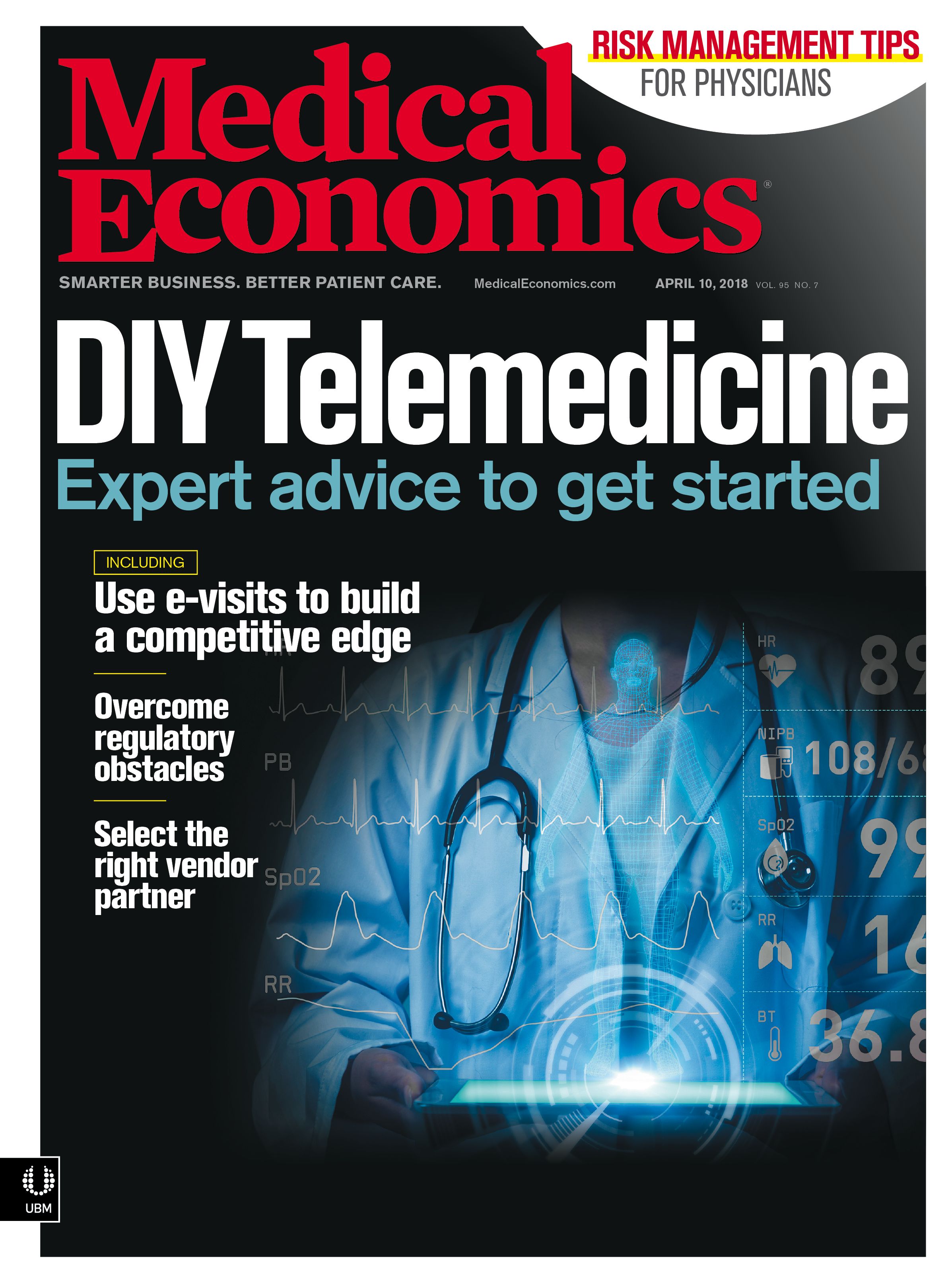Article
Prior authorization bill seeks to address ‘cumbersome’ process
Author(s):
A bipartisan bill introduced in Congress in January could help improve patient care while saving doctors time by allowing for electronic prior authorizations of Medicare Part D prescriptions.
A bipartisan bill introduced in Congress in January could help improve patient care while saving doctors time by allowing for electronic prior authorizations of Medicare Part D prescriptions. Passage of the bill also could have a ripple effect in speeding the use of electronic prior authorizations for non-Medicare prescriptions, observers say.
“The current prescription authorization process for Medicare enrollees can be lengthy, confusing and frustrating,” Rep. Ben Ray Lujan, a Democrat from New Mexico, told Medical Economics via a written statement. “But it is often even more cumbersome and frustrating for doctors and other providers, relying on outdated technology like faxed notifications in an age when many offices have evolved to digital/paperless record keeping,”

Lujan is a sponsor of the bill, the Standardizing Electronic Prior Authorization for Safe Prescribing Act of 2018 (H.R. 4841), which requires Medicare Part D plans to electronically transmit and receive prior authorization approvals for prescriptions.
Such electronic requests would be required beginning Jan. 1, 2020. It also calls on HHS to create standards for defining electronic transmissions of prior authorization requests.
Physicians and their staffs spend an average of 16.4 hours a week on prior authorizations of all kinds, according to a 2016 survey by the American Medical Association. In the same study, 75 percent of physicians answered “high or extremely high” when asked “How would you describe the burden associated with PA [prior authorization] for the physicians and staff in your practice?“
“There is a lot of prior authorization that is still occurring on paper,” notes Samantha Burch, senior director of congressional affairs with the Healthcare Information and Management Systems Society (HIMSS).
While HIMSS was still examining the specifics of the bill and had not taken a position on it at press time, it has generally supported electronic prior authorization in the past, Burch notes. “The issue of automation and reducing manual paper work is mutually beneficial” for doctors and patients, she says.
Steve Green, MD, chief medical officer at Sharp Rees-Stealy Medical Group in San Diego, and a board member of the American Medical Group Association, agrees that electronic prior authorization can improve patient care. With electronic authorization, a physician can know before a patient leaves his or her office whether that patient will be able to get coverage for a new drug.
MORE: Physicians face punishment for speaking out against non-physician care
If authorization is denied, the physician can then quickly prescribe an alternative, he explains. With paper-based authorization, a patient can leave and not know until they arrive at their pharmacy that the prescribed drug is not covered by their insurance plan. They may simply not fill the prescription at that point and their doctor may not know they are not taking the new medication until their next visit.
The requirement for HHS to establish standards could spur other insurance plans to move to electronic pre-authorizations. “In general, the trend is Medicare does something and not too long after that, the other plans start going along with that,” notes Green.
Given the bill’s bipartisan support in the House-it has two Democratic and two Republican cosponsors-it could see passage this session.
John Frank is a contributing author. Do you think the bill would ease the prior auth burden? Tell us at medec@ubm.com.
2 Commerce Drive
Cranbury, NJ 08512
All rights reserved.





